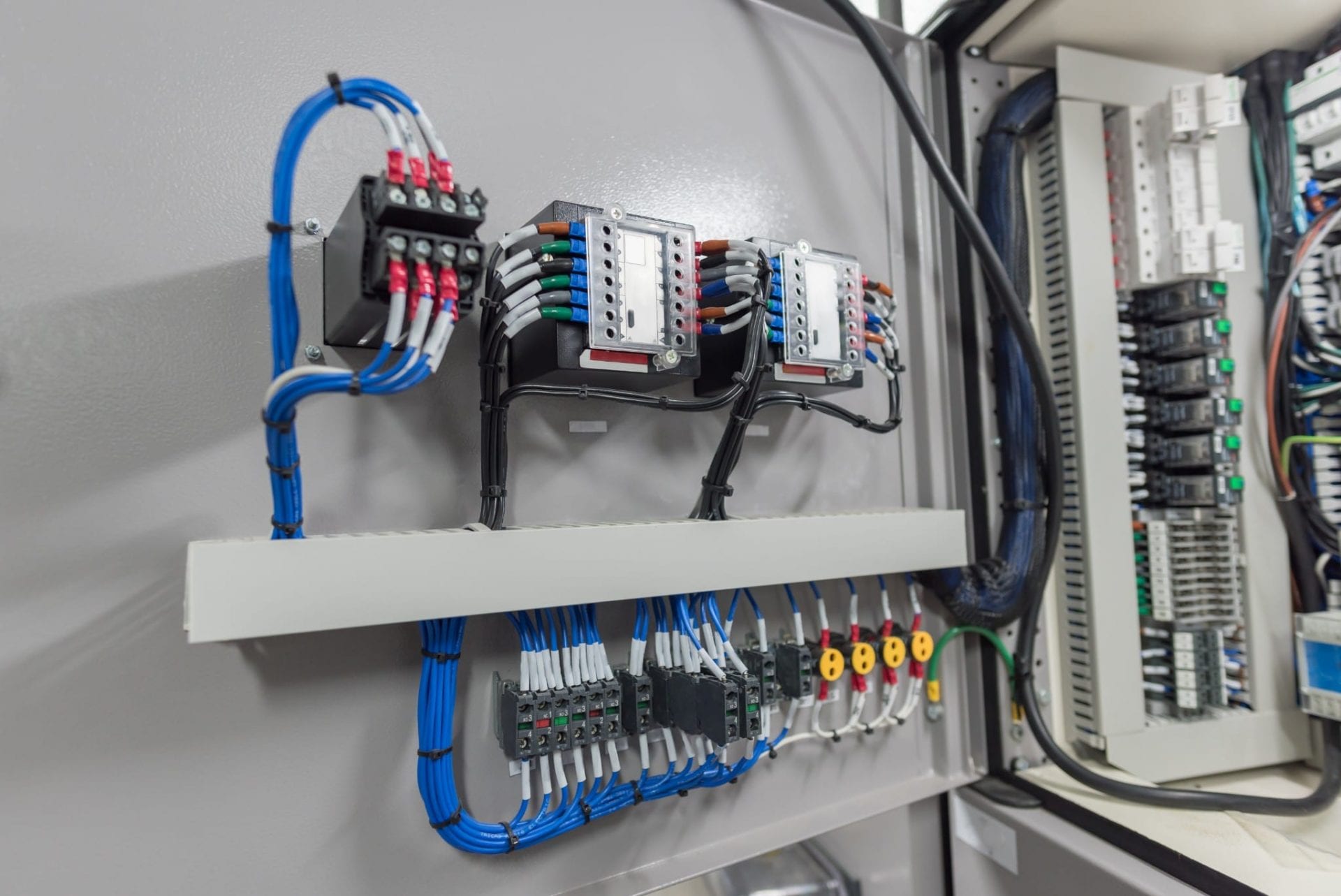Electrical Wiring 101: An Amateur's Guide to Understanding the Basics

The electrical wiring is an essential component of any home, and understanding it is crucial for each homeowner. It is not just important in ensuring the proper running of your house however, it is crucial for your security. In this article, we will go over the fundamentals of electrical wiring, the importance of safety as well as the benefits of employing a licensed residential electrician to handle all of electrical wiring needs.
Understanding the fundamentals of electrical wiring
The electrical wiring refers to the system of electrical conductors which run through your home, carrying electrical power to your appliances as well as lighting fixtures. It is formed by electrical circuits that connect your sources of power to your devices. Electrical circuits are made up of switches, wires and other electrical components that function to form a secure and reliable electrical system. There are different types of electrical wiring, including aluminum, copper, as well as types of wire insulation such as PVC paper, rubber, or.
Preparation and Planning for Electrical Wiring
Before you install the new wiring for electrical use, it is important to consider several aspects to take into consideration, such as the kind of wiring that you’ll need, the size for your current electrical systems, and your power requirements. In addition, it is essential to be aware of the electrical wire regulations as well as permits required in your locality. In order to prepare the electrical wires, design an electrical plan and evaluate your electrical needs. This will ensure that your electrical system is secure, efficient, and meets your power needs.
Materials and tools required to conduct electrical wiring
When installing new electrical wiring it is essential to have the right tools and materials available. Essential tools include strippers, wire cutters pliers, and an electrical voltage tester. Other components required to conduct electrical wiring are electrical tape, wire nuts conduit along with electrical boxes. It’s also beneficial to be equipped with a wiring diagram to guide you through the process of installing.
Step-by-Step Guide to Electric Wiring Installation
Installing electrical wiring can be a complex process However, with the proper equipment and the right knowledge you can do it safely and efficiently. This is a step-by-step guide for installing new electrical wiring at home:
Switch off the power in the location where you’ll be working.
Design the wiring layout and mark where the wire will be placed.
Install conduit and electrical boxes wherever needed.
Cut and strip the wires until the appropriate length.
Connect the wires to the fixture or device that you’re wiring.
Secure the wires in place with wiring nuts, electrical tape, or even conduit straps.
Check the wiring to make sure that it’s working properly.
When installing the wiring it is essential to follow wiring installation best methods and suggestions. Also, be aware of common mistakes in the installation of electrical wire, such as over-loading the circuits of damaged wires or using the wrong type of wire.
Troubleshooting Electrical Wiring Problems
Even with careful planning in the installation and design, wiring issues can arise. Common problems include wiring damages, circuit overloads as well as electrical shorts. To resolve these issues it is essential to know about the most common electrical wiring problems and understand how to efficiently and safely tackle the issue. In addition, it is essential to follow electrical safety procedures in the event of a problem with electrical wiring including shutting off the power and wearing appropriate safety gear.
Conclusion
In the end, knowing about electrical wiring in your home is vital to your safety and for the proper functioning the electrical systems. It is important to hire a licensed electrician to ensure your wiring is set up and maintained properly. At Emergency Electricians Adelaide, we provide an array of electrical services that include electrical wiring repair and installation. Contact Emergency Electricians Adelaide at 1300 262 148 for all of your electrical wiring requirements.
Electrical Wiring FAQ
Here are some commonly asked questions about electrical wiring. They also include extra safety advice and the best techniques for electrical wiring repair and installation:
What type of wire should I choose for my electrical wiring?
The kind of wire you choose to use for your electrical wiring will depend on the specific requirements of your home and local building codes. It is important to use the appropriate gauge of wire along with the insulation type, as well as wire materials to ensure the security and effectiveness of your electrical system.
Do I have to install an electrical wire of my own?
Although it is possible to install the wiring yourself, it is essential to have the proper skills and knowledge to do so effectively and safely. In the majority of instances, it is recommended to engage a licensed electrician to ensure that your wiring is set up and maintained correctly.
How often do I need to inspect my electrical wiring?
It is recommended that you examine your electrical wiring every 10 years or whenever you notice signs of electrical problems for example, frequent circuit breaker trips or electrical shocks.
What should I do if I notice electrical wiring problems in my home?
If you notice any electrical wiring issues within your home, for example, flickering lights or outlets that don’t work, it’s crucial to take action immediately. Turn off the power to the area affected and contact an accredited electrician to evaluate and repair the problem.
By following these tips and best practices, you can make sure the electrical wires are safe and operating correctly. Remember to prioritize safety and consult with a licensed electrician whenever you need to. Reach out to Emergency Electricians Adelaide at 1300 262 148 to discuss all of your electrical wiring requirements.
